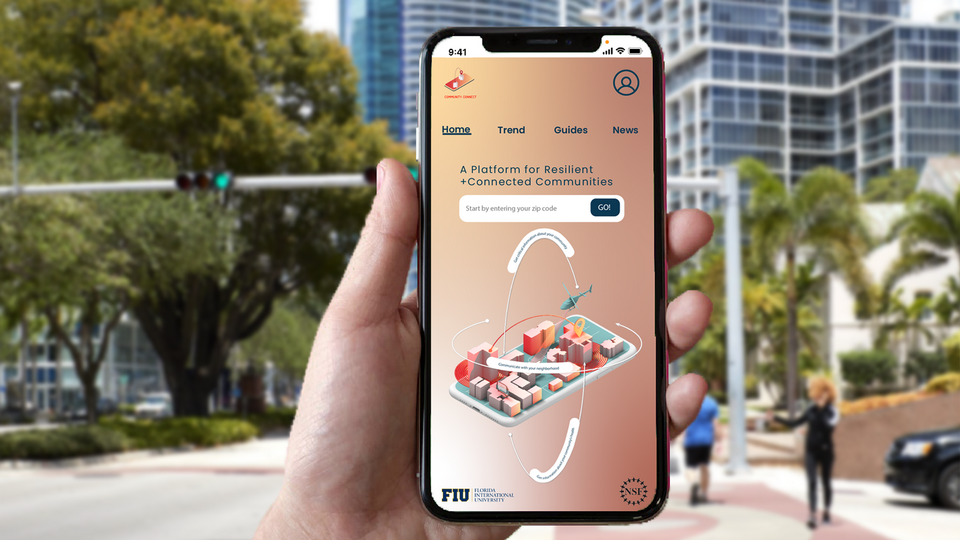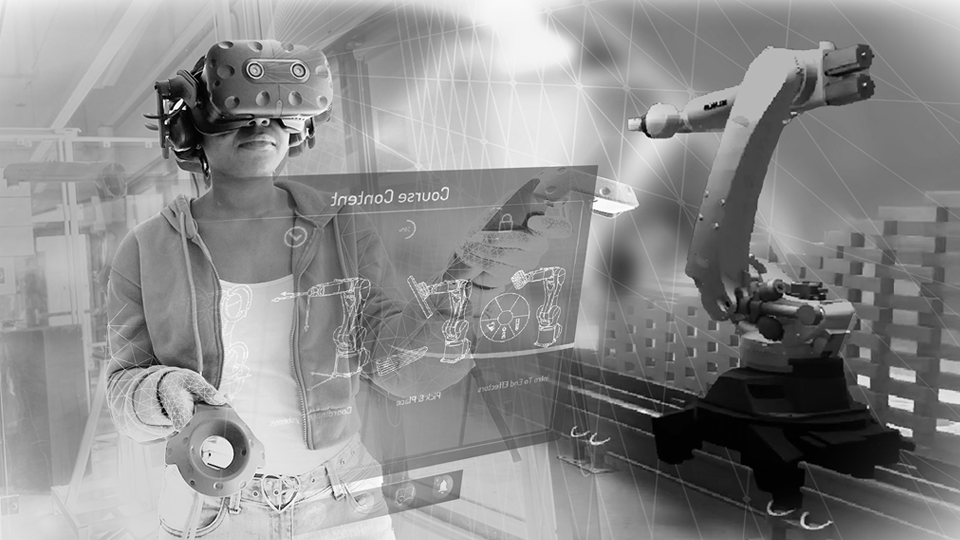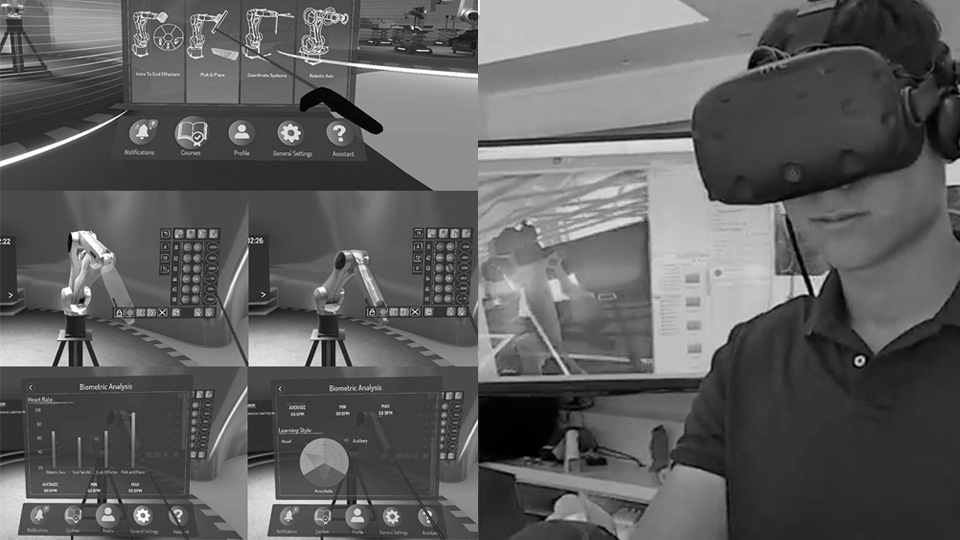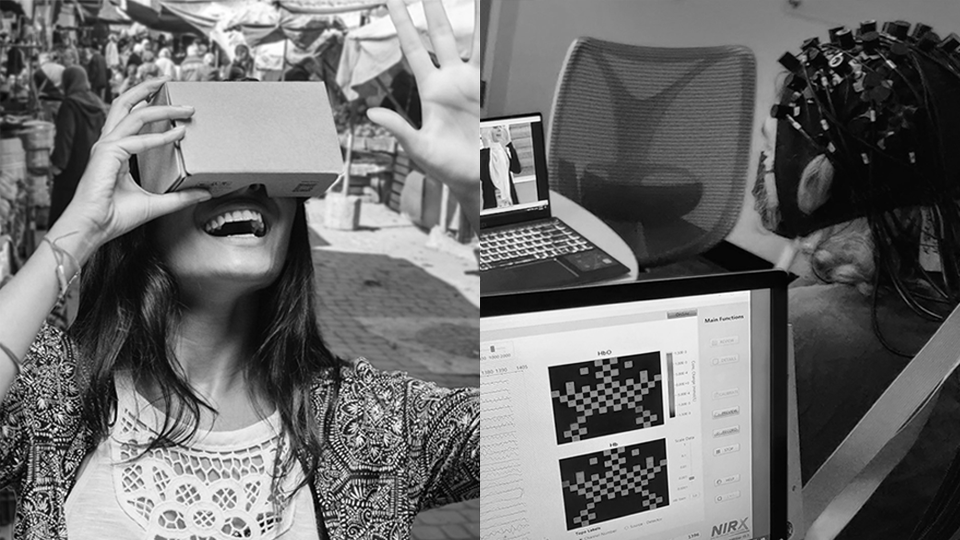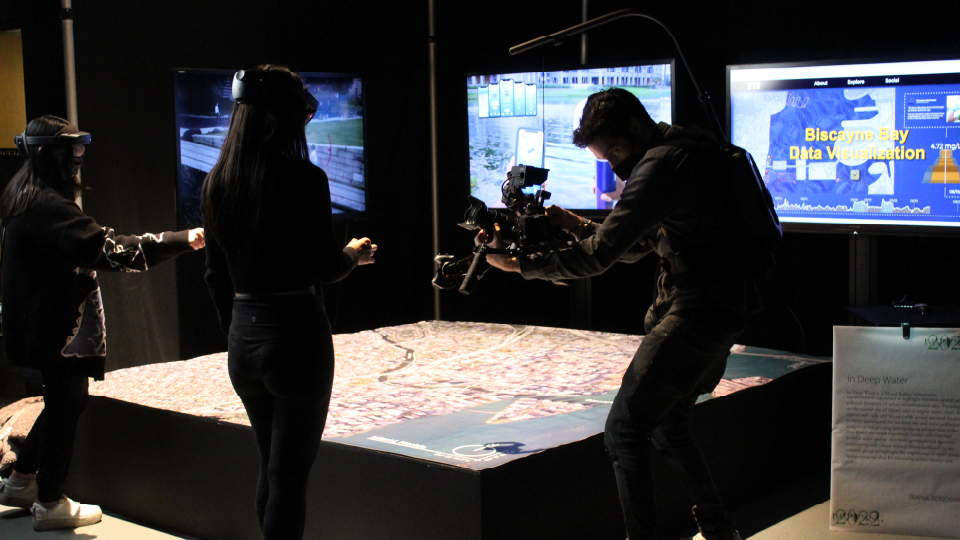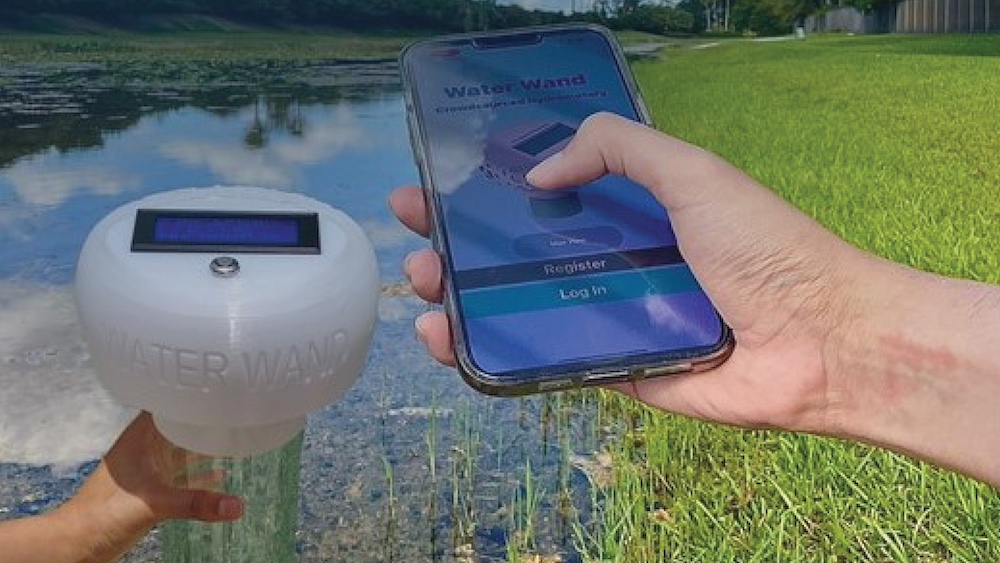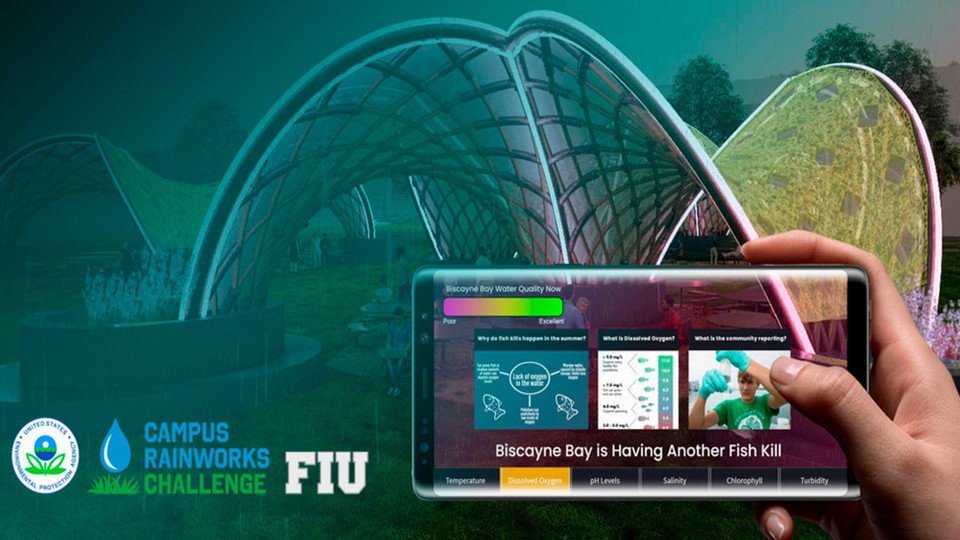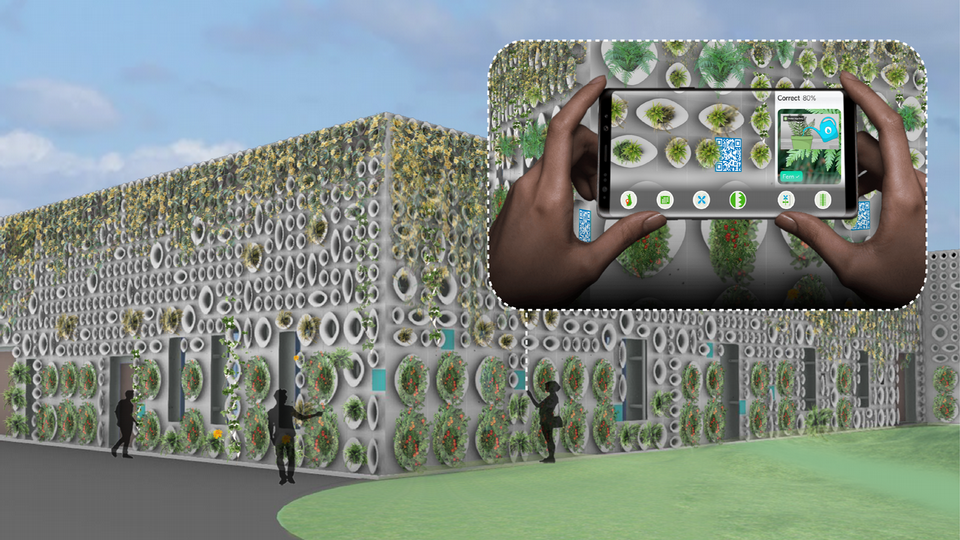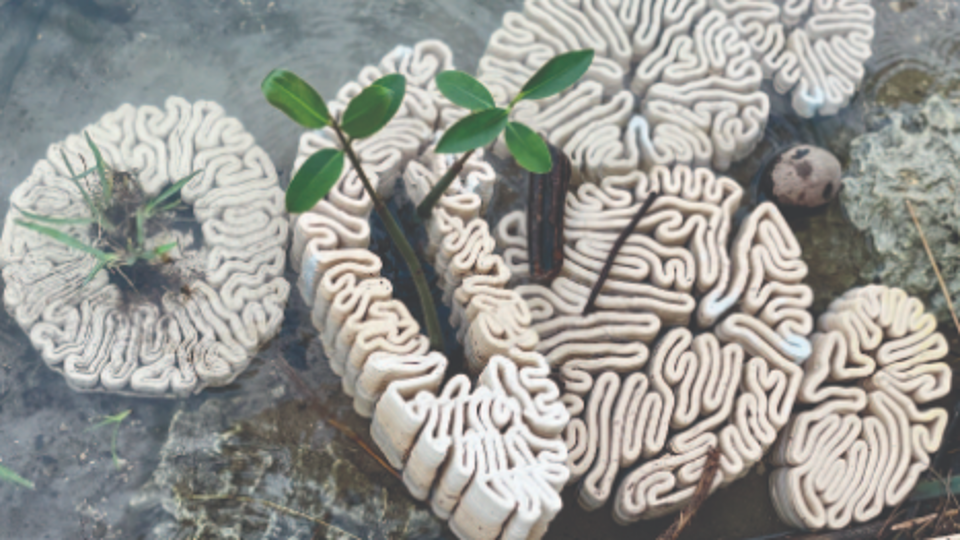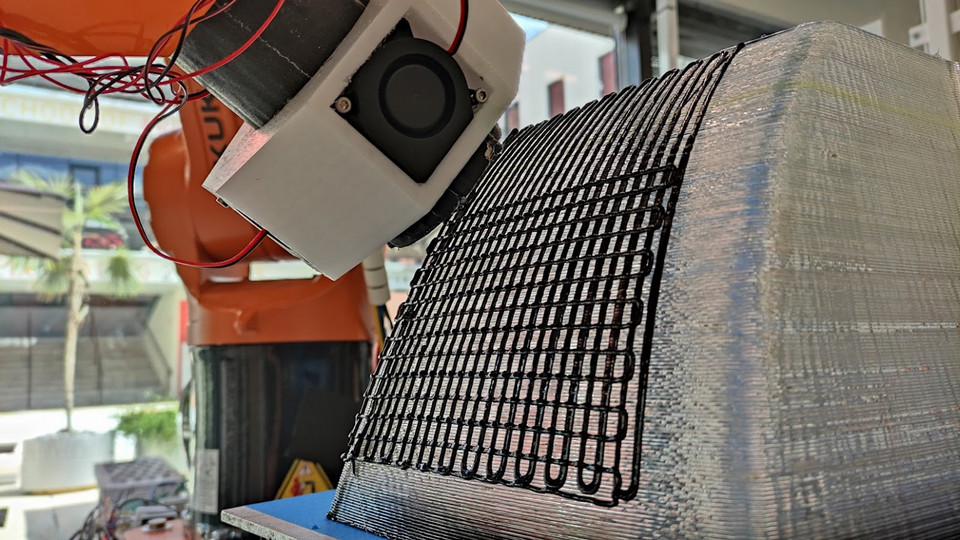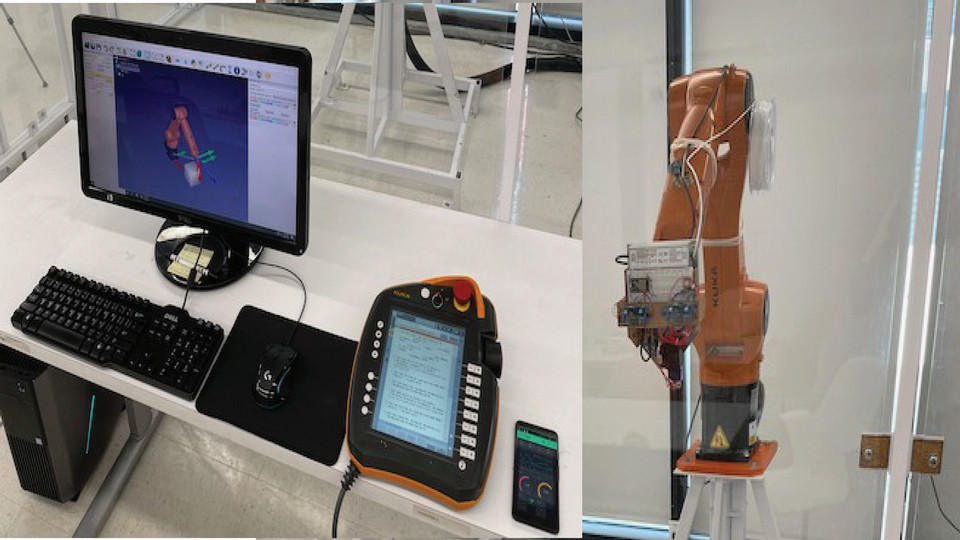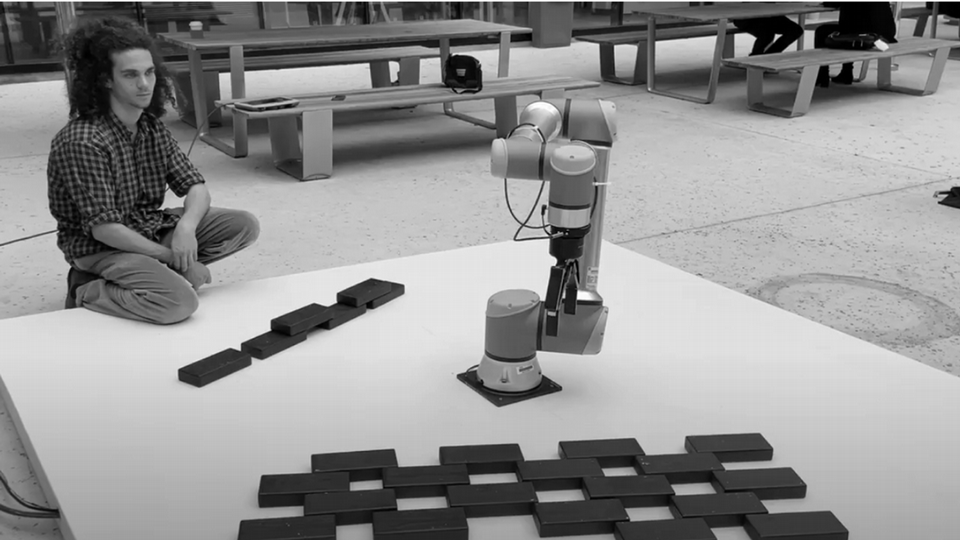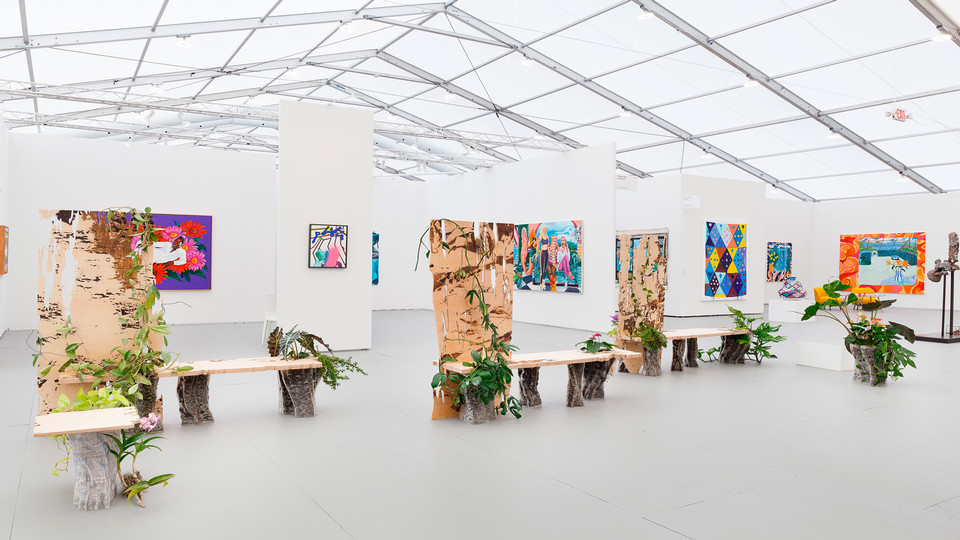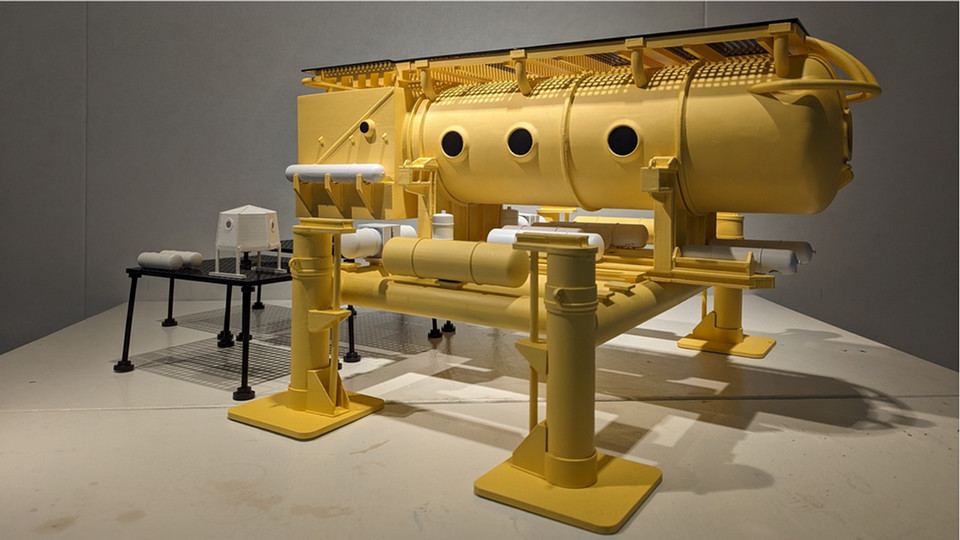Innovative Learning Platforms
Emerging technologies have the promise to transform learning. These technologies can help tailor content for different learning abilities, styles, and diverse social and cultural backgrounds. Our work in this area integrates recent research on how people learn and advances in interactive and immersive technologies to respond to the needs of students and communities with different needs and proclivities. Our projects converge immersive technologies, game simulations, and Artificial Intelligence to design customized environments responsive to the learners' needs.
Spatial Computing and Representation
As we increasingly rely on live information platforms, smart distributed devices, and embedded sensors, finding approaches to access, comprehend, interact, and manipulate data is critical. Our work in this area of research leverages interactive and immersive technologies to develop exploratory and meaningful ways to engage with physical and virtual environments in order to make informed decisions about the environment.
Transforming how we build is a global priority. Our buildings and infrastructure must be built faster and at a lower cost with dramatically reduced waste and environmental impacts. Robotic automation has the potential to reduce material waste, increase construction efficiency, and mitigate the impact of carbon emissions on the natural environment. Our work in this area focuses on developing solutions for the design, prototyping, and fabrication of building elements that improve the sustainability and resiliency of the environment.
